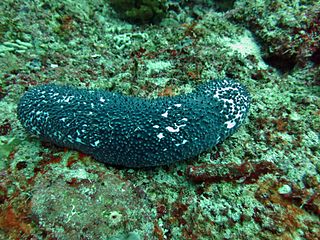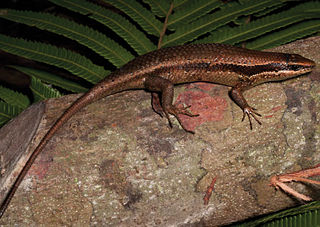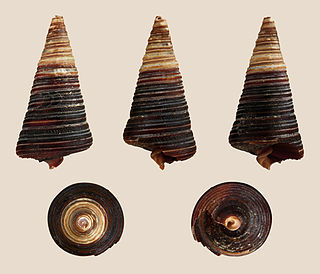 W
WThe Philippines had a large and diverse group of mammalian species in the past. They are widely distributed across the archipelago, but they became extinct due to several factors. At least eight mammalian species have been extinct since the Pleistocene Epoch. A fossil species of the Sirenia has been found on Palawan and went extinct during the Miocene. Other unknown species of extinct deer, buffalo, pig, and small mammals are only known from incomplete fossil remains known from the Pleistocene. The Asian elephant was introduced to the Philippines, originally transported to the sultanates of Sulu and Maguindanao, but became extinct on those areas or were transported back to Sabah for unknown reasons sometime during the 13th to 16th(?) centuries. One former species of bat known as Acerodon lucifer was thought to be extinct, but is now synonymous with the giant golden-crowned flying fox. Thus, the species still thrives in the archipelago, but is locally extinct on the island of Panay.
 W
WThe blue sea cucumber is a species of sea cucumber in the family Holothuriidae. It is native to the tropical West Indo-Pacific region and is harvested for food.
 W
WEutropis multicarinata is a species of skink found in the Philippines.
 W
WParapylocheles scorpio is a species of hermit crab in the family Parapylochelidae. It lives at depths from 200 to 925 meters in the Indo-West Pacific, in Indonesia and the Philippines, although it may live in water as shallow as 100 meters, in wood fragments, tusk shells, and pieces of bamboo. It is the only member in its genus, with another genus in its family with one species in it being extinct, Mesoparapylocheles michaeljacksoni.
 W
WPolycarpa aurata, also known as the ox heart ascidian, the gold-mouth sea squirt or the ink-spot sea squirt, is a species of tunicate in the family Styelidae.
 W
WSemisulcospira libertina is a species of freshwater snail with an operculum, an aquatic gastropod mollusk in the family Semisulcospiridae. Widespread in east Asia, it lives in China, Taiwan, Korea, Japan, and the Philippines. In some countries it is harvested as a food source. It is medically important as a vector of clonorchiasis, paragonimiasis, metagonimiasis and others.
 W
WSpirobranchus giganteus, commonly known as the Christmas tree worm, is a tube-building polychaete worm belonging to the family Serpulidae.
 W
WTelescopium telescopium, or horn snail, is a species of marine gastropod molluscs in the family Potamididae. It is found in mangrove forests throughout the coastlines of the Indian Ocean.